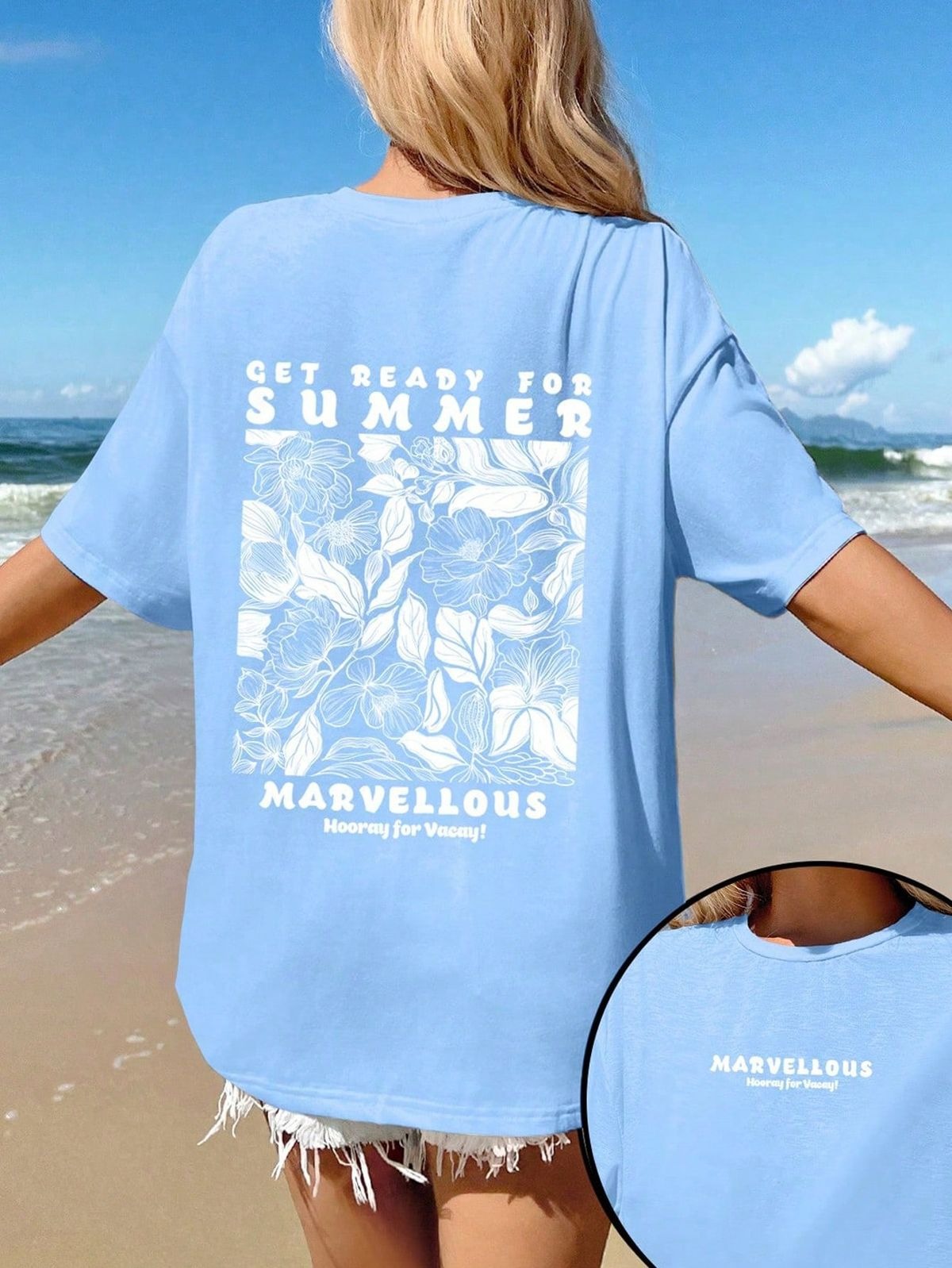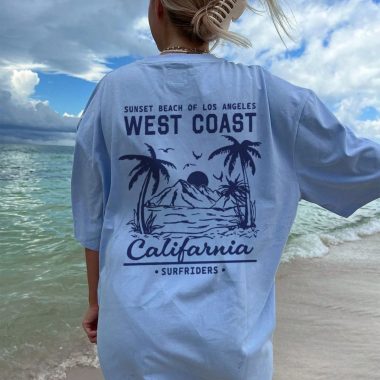Fashion is more than clothing; it is an expression of history, power, culture, and identity. As one of the most dynamic and omnipresent aspects of human society, fashion has the remarkable ability to embody collective values, highlight individual agency, and record the passage of time. Every stitch and silhouette holds stories about where people come from, who they are, and where they are going. From the opulent garments of royalty to the distressed jeans of streetwear culture, fashion acts as a living, breathing document of civilization. It adapts to new technologies, reacts to political and social shifts, and constantly reinvents itself in dialogue with its audience. While trends may come and go, the essence of fashion as a mirror of civilization remains constant, shaping and being shaped by every generation that wears it.
The origins of fashion are rooted in utility, yet they quickly evolved into symbols of identity and differentiation. In the earliest stages of human society, garments were created to protect the body from environmental elements. However, as human consciousness developed, so did the desire for embellishment, hierarchy, and cultural distinction. Ancient Mesopotamian societies used textiles not only as clothes but also as currency, indicating their value. In Ancient Egypt, fashion was intertwined with religious belief, with linen garments often used to signify purity and connection with the gods. Colors, cuts, and accessories all held symbolic meaning, making clothing a form of silent communication in both public and sacred life.
As empires rose and fell, fashion traveled alongside them, serving as both artifact and agent of globalization. During the Roman Empire, the toga became an emblem of citizenship, restricted only to free men of Roman birth. In the courts of China’s Tang Dynasty, silk became a symbol of imperial dignity and cultural refinement, eventually spreading through the Silk Road and influencing attire from Central Asia to the Mediterranean. In Africa, traditional textiles like kente cloth in Ghana and indigo-dyed fabrics in Mali signified heritage, family lineage, and political allegiance. These examples reveal that fashion has never been static or isolated; it has always been in motion, constantly influenced by migration, trade, conquest, and exchange.
The Renaissance period marked a turning point in the aesthetic and intellectual role of fashion. With the flourishing of art, science, and philosophy, clothing became more elaborate and individualized. Wealthy patrons in Italy and France displayed their power and taste through luxurious fabrics, meticulously tailored gowns, and intricate embroidery. Portraits from this era show that fashion was as much about visibility and spectacle as it was about function. The body itself became a canvas for artistic display, and fashion emerged as an avenue for self-fashioning, where individuals constructed their identities through visual performance.
By the eighteenth century, fashion began to gain momentum as a structured industry, particularly in Europe. The rise of the French court under Louis XIV transformed Paris into the fashion capital of the world. Under his reign, clothing became a tool for centralizing political power, with elaborate dress codes dictating who could wear what, and when. The fashion of the aristocracy was not just extravagant; it was also performative, signaling their social distance from the working classes. But even as fashion celebrated hierarchy, it also began to democratize. The publication of fashion plates, early fashion magazines, and illustrations brought elite trends to a broader audience, setting the stage for the mass consumption that would define later centuries.
The Industrial Revolution revolutionized fashion in ways that few other events had. The invention of the sewing machine, the growth of textile mills, and the development of synthetic dyes accelerated production and reduced cost. Clothing, once a marker of class difference, became more accessible to the growing middle class. Fashion was no longer handmade for the elite alone; it could be bought, copied, and adapted by anyone with access to a store. The birth of department stores and catalogs turned clothing into a commercial enterprise, opening the door for consumerism to influence fashion on an unprecedented scale.
Yet even amid this commercial expansion, fashion retained its power to make statements. The suffragette movement, for instance, embraced fashion as a tool for visibility and empowerment. White dresses, sashes, and pins symbolized the political mission of women demanding the right to vote. In the twentieth century, designers like Elsa Schiaparelli, Christian Dior, and Yves Saint Laurent pushed the boundaries of aesthetics and meaning, blending surrealism, femininity, and rebellion into wearable art. Chanel’s little black dress, introduced in the 1920s, democratized elegance and offered women a new sense of freedom and modernity. Fashion began to blur the lines between gender, class, and art, proving that garments could be both beautiful and revolutionary.
The second half of the twentieth century saw the explosion of subcultures and countercultural fashion. From punk in the UK to hip-hop in the US, from grunge in Seattle to rave culture in Europe, each movement had its own visual language that rejected mainstream norms. Leather jackets, ripped denim, oversized silhouettes, and bright colors became signs of defiance and authenticity. These were not just fashion trends—they were political and social statements. The civil rights movement, LGBTQ+ activism, and anti-war protests all had corresponding fashion styles that helped unify supporters and amplify their voices.
Simultaneously, globalization brought both opportunity and complexity to the world of fashion. While luxury houses continued to thrive, fast fashion brands emerged to serve the ever-growing demand for affordable, trendy clothing. Zara, H&M, and Forever 21 built empires on rapid production cycles, offering consumers new styles every few weeks. However, this model came at a cost. Factories in developing nations were pressured to produce massive volumes under exploitative conditions, raising ethical concerns. Moreover, the environmental impact of fast fashion—water pollution, textile waste, and carbon emissions—became a pressing issue. The fashion industry, once admired for its glamour, found itself under scrutiny.
In response to these challenges, a wave of sustainable and ethical fashion emerged in the twenty-first century. Designers began to prioritize organic fabrics, fair labor practices, and minimalist wardrobes. Movements like “slow fashion” encouraged people to buy less, choose quality over quantity, and support local artisans. Brands became more transparent about their supply chains, and consumers became more informed about the consequences of their purchases. Digital platforms empowered independent designers and gave voice to underrepresented communities, diversifying the fashion landscape in ways previously unimaginable.
Today, fashion exists in a hybrid space where tradition meets technology, and identity meets innovation. Digital fashion—garments that exist only in virtual environments—has become a reality, with influencers and gamers purchasing outfits that can be worn only online. Artificial intelligence can predict trends and assist in design, while 3D printing and biotechnology are transforming how clothes are made and worn. Yet even as fashion enters the metaverse, its emotional and cultural roots remain tangible. People still dress for rituals, for belonging, for visibility. Fashion continues to be a medium for storytelling, capturing the textures of both joy and struggle.
Fashion also serves as a powerful lens through which to examine inequality, privilege, and aspiration. Runways have become platforms for representation, with greater inclusion of models of different races, sizes, genders, and abilities. The once-narrow definition of beauty is being challenged and redefined. Cultural appropriation debates have prompted designers and brands to reflect on their influences and to give credit and space to indigenous and marginalized voices. Through these transformations, fashion not only reflects society but also helps shape a more just and inclusive one.
In its most profound sense, fashion is not merely about clothing—it is about meaning. It tells stories about migration and memory, struggle and celebration, loss and transformation. It embodies the contradiction of being both personal and public, fleeting and eternal. A simple garment can carry centuries of tradition or a sudden spark of rebellion. A fabric pattern can tie someone to their homeland or declare their independence from it. Every wardrobe is a miniature museum, and every outfit is a chapter in the narrative of selfhood and society.
As humanity moves forward into an uncertain future, fashion will undoubtedly remain one of its most powerful tools for expression and change. Whether responding to climate crises, redefining identity, or experimenting with new technologies, fashion will continue to evolve while holding on to its core function: to speak without words. To dress is to declare one’s place in the world, and through fashion, people continue to negotiate their relationships with each other, with culture, and with history.
In conclusion, fashion is not an accessory to life—it is part of its structure. It weaves together past and present, tradition and innovation, self and society. It is both surface and depth, both object and symbol. By understanding fashion, we understand ourselves better. And as long as people continue to dress, to dream, and to design, fashion will remain not just relevant, but essential to the human story



